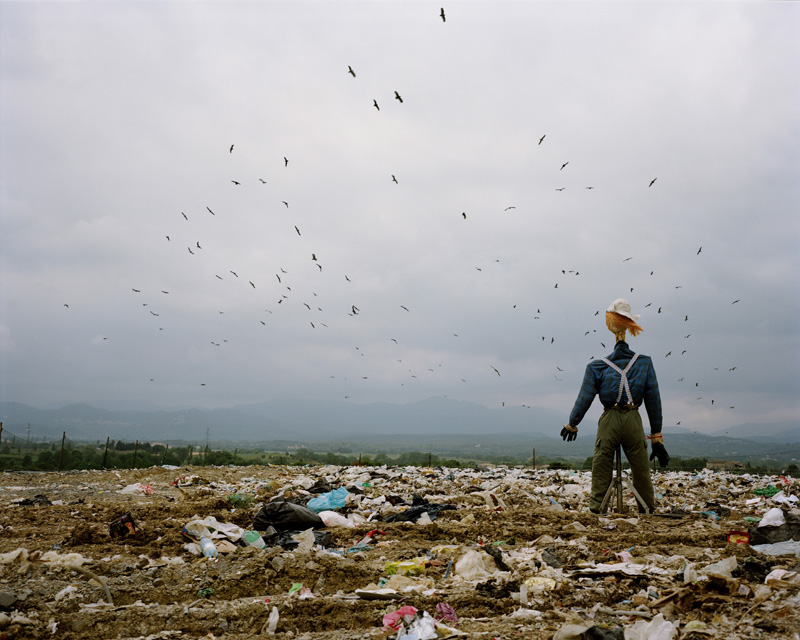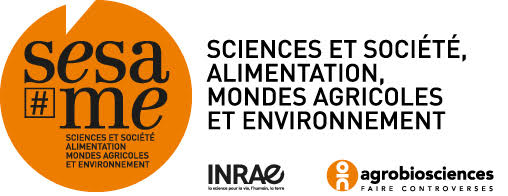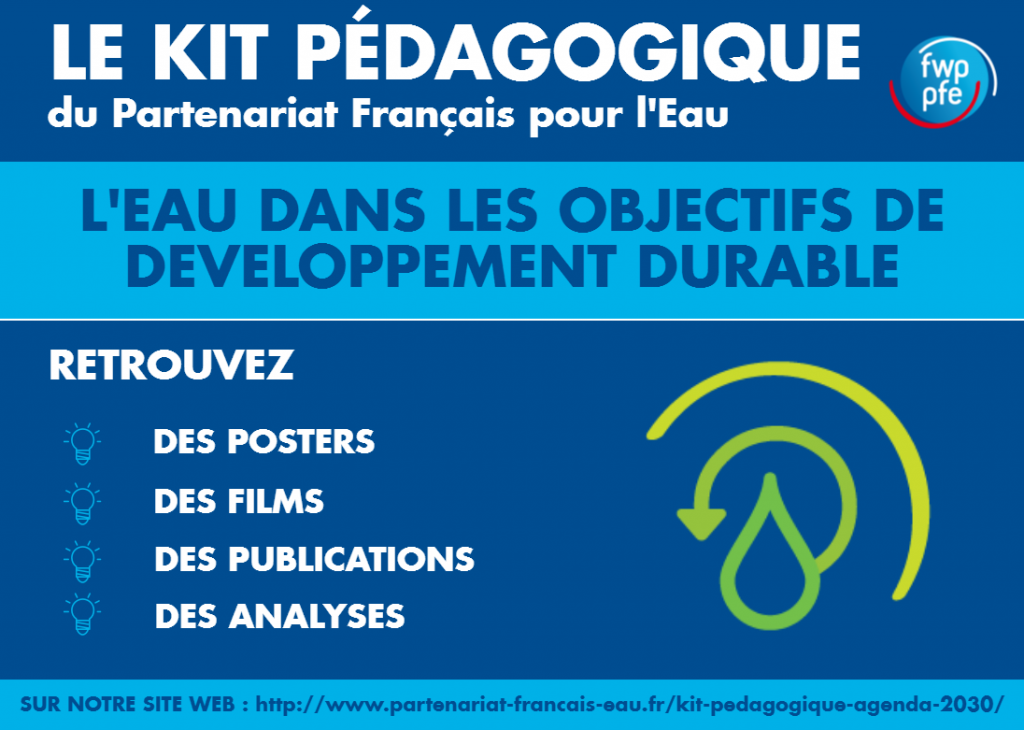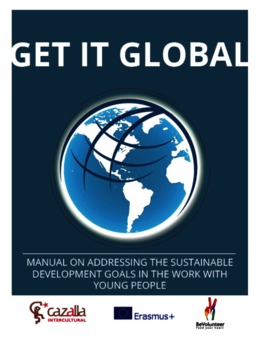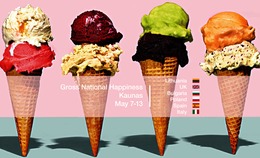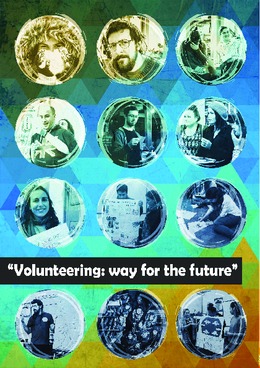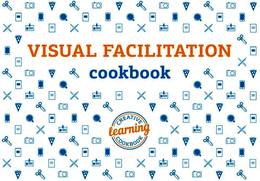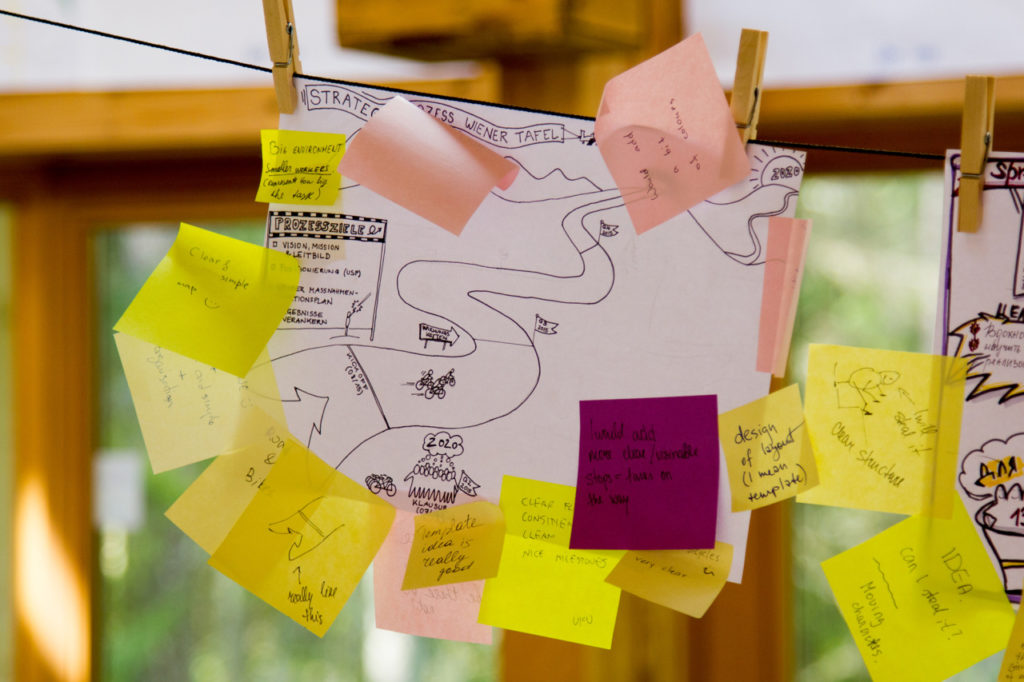L’expo Dystopia

Extrait site Sciences et avenir à propos du projet »
CAUCHEMAR. « Dystopia » est un état des lieux de l’activité agricole française et de ses dérives, combinant une enquête de fond du journaliste Patrick Herman et une série de photographies d’anticipation décalées d’Alexa Brunet. Ils ont déjà travaillé ensemble sur le gaz de schiste pour « Nouvelles du Gazhistan » (à voir sur www.alexabrunet.com).
Pour dénoncer les conséquences du système agro-alimentaire actuel, ils mettent en scène les transformations de l’activité paysanne liées à son industrialisation, à l’extension des zones urbaines et aux évolutions de notre mode de consommation. »
Plus d’infos : http://www.alexabrunet.fr/galerie-45.html
Extrait du site « Depuis 2003 Alexa Brunet anime des activités pédagogiques autour de la photographie en milieu scolaire, avec des structures locales et des écoles d’art. Ces activités regroupent une prise en main du matériel argentique et numérique, l’initiation à la prise de vue, le labo noir et blanc et couleur, la mise en page et post-production et la présentation en exposition ou projection. Après écriture d’un synopsis commun, les étudiants/élèves peuvent ainsi développer des projets en rapport avec la narration et la mise en scène. Pour toute information contacter la photographe. »
Alexa Brunet travaille régulièrement avec des classes de l’enseignement agricole pour des projets similaires, notamment en ESC.
